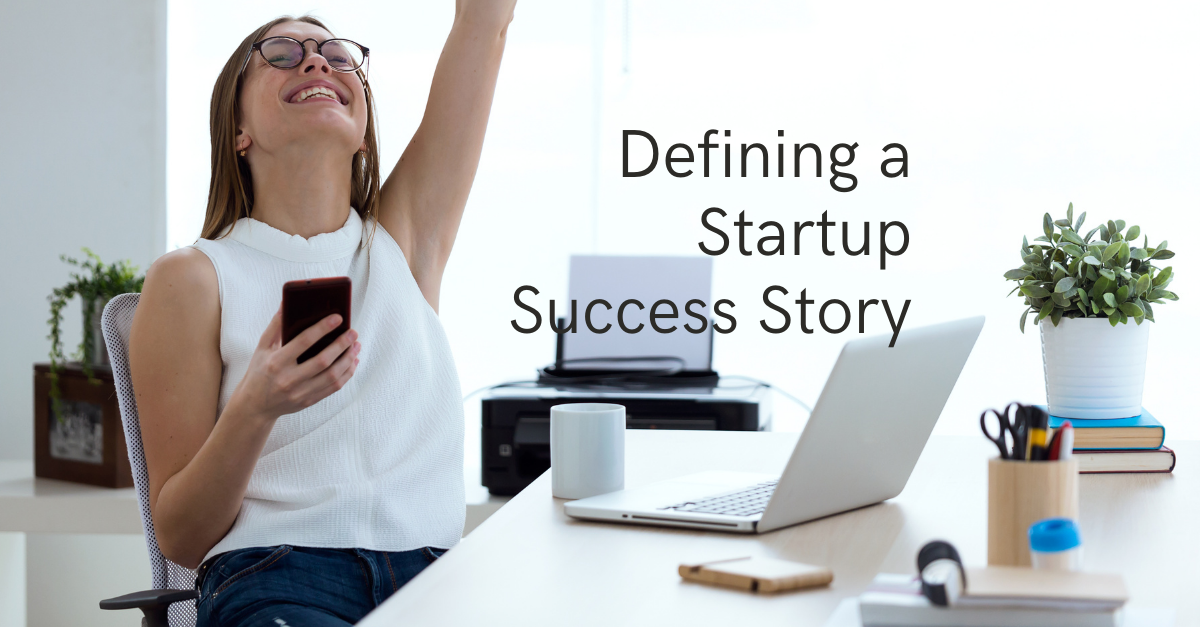Venture capital firms have not only been catalyzing startups through their investments but have also been playing a pivotal role in startups’ successful transformation at all stages of their evolution. These firms have been innovating and differentiating by being more than just investment partners and have been playing an active role in the acquisition of strategic customers. While the metrics for a startup’s success depend on where it is in its life cycle, a common and lasting metric is customer experience. In this article, I will examine the links between a startup’s success and customer acquisition, development and retention, and the impact those three things can have on a startup’s valuation and associated possibilities.
I had also published a form of this article at the DVC website: https://dallasvc.com/what-is-a-startups-first-success-story/
Customer Acquisition
Customer acquisition needs to begin with the founder validating that their technology/solution/service has product-market fit, solves a pressing problem and is something a customer is willing to pay for. The first significant milestone in a startup’s journey is acquiring its first paying customer. A paying customer is a testimony that the business is addressing a need significant enough to be paid for. The first milestone is the most critical validation of a startup’s journey thus far.
A founder’s background, the ecosystem they come from and their strategic investors can determine the path for customer acquisition. For example, founders with industry connections tend to solve obvious problems and land their first customers with ease. Startups led by “blessed” founders solve latent problems, acquiring their first customers in a relatively short period of time as their pedigree and domain expertise help them. This type of founder comes to the startup scene with either of two advantages. They either come up with breakthrough ideas for hidden problems that will typically require an incumbent to enter adjacent markets or do things differently (e.g., create new market categories). Alternatively, blessed founders have the pedigree of belonging to some renowned startup ecosystem, such as Silicon Valley, leadership positions for market-leading companies (Google, Microsoft, etc.) or startup accelerators like Y Combinator. In my experience, the vast majority of founders tend to take a technology-first approach that requires retooling, resetting and reinventing themselves during the process of their customer acquisition, which has a direct bearing on the time it takes for them to obtain their first customer wins.
Venture capitalists critically evaluate founders’ customer acquisition journey to determine a company’s prospects, potential and possibilities. Venture capital companies are innovating to add value to startups, and the above understanding can improve the matchmaking process between startups and venture capital firms.
Customer Development
While product-market fit is the tip of the iceberg in customer acquisition, customer development is a series of companion activities to customer acquisition that can help a startup fine-tune its product-market fit and, most importantly, refine its customer engagement, go-to-market strategies, product positioning and market sizing. This can be an iterative process, as described by Steve Blank in “The Four Steps to the Epiphany.” Or it could force the startup to begin a second act if the iterative process does not produce the desired outcome.
The customer development process helps to convert a startup’s early customers into reference customers, those who refer the company’s product to others. This development can help startups formulate their process for customer acquisition and prioritize their customer/market segments. This is a good checkpoint to determine if the startup needs to go for a next round of funding.
Customer Retention
A leading indicator for customer retention is Net Promoter Score (NPS). NPS is a simple one-question survey promoted by Bain & Company that can be administered by startups with ease to determine if a customer is willing to be a reference customer.
While NPS was created to determine if a company’s products or services are making a difference in its customers’ lives, startups can additionally use the NPS metric to evaluate market segments, customer experience and structural resilience. Doing so can help them reduce churn, which can significantly lower customer acquisition and customer service costs and in turn raise margins and enhance the brand. Startups can also examine their execution, which can help them create capital efficiencies by building the right product at all times, developing predictable sales cycles that can set them on a path to sustainable revenue growth while testing their readiness for hypergrowth. Many outcomes and possibilities exist for startups at this stage, all made possible by the trifecta of startups, venture capital firms and customers. The ultimate winner is always the customer.
I still fondly recollect my first customer success story, and I am sure you all do, too. As we relax, recharge, rejuvenate and relish a well-deserved break over the holidays, let’s reflect with gratitude on our customers who helped us get through this year and the years to come.
